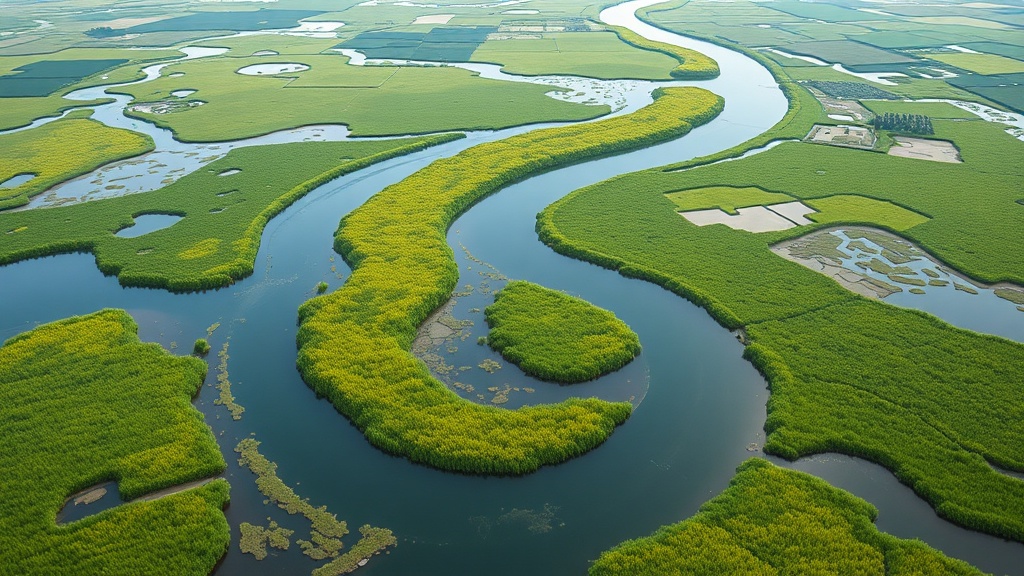Home / Environment / Centuries-Old Greatham Beck Restored to Natural Course
Centuries-Old Greatham Beck Restored to Natural Course
16 Oct
Summary
- Work begins to return Greatham Beck to its traditional route
- Tidal influence and natural marshland to be re-established
- Project aims to help Tees estuary adapt to climate change

As of October 16th, 2025, work has begun to restore Greatham Beck in Teesside, England to its traditional course after centuries of industrial changes that altered its route. The Environment Agency (EA) project aims to re-open the channels of the beck to tidal influence and encourage the re-establishment of natural marshland, without increasing the risk of flooding.
This initiative is the latest stage of the Tees Tidelands Programme, which was launched to help the River Tees estuary adapt to the impacts of climate change. According to EA project manager Matthew Rountree, returning Greatham Beck to its natural form will "restore balance to the estuary and allow the tide to return to areas lost to development" over the past several decades.
The restoration of Greatham Beck is expected to be a significant step in the broader effort to revitalize the Tees estuary and ensure its resilience in the face of a changing climate. By reintroducing tidal influence and natural habitats, the project aims to enhance the overall health and ecological balance of this important coastal region.




